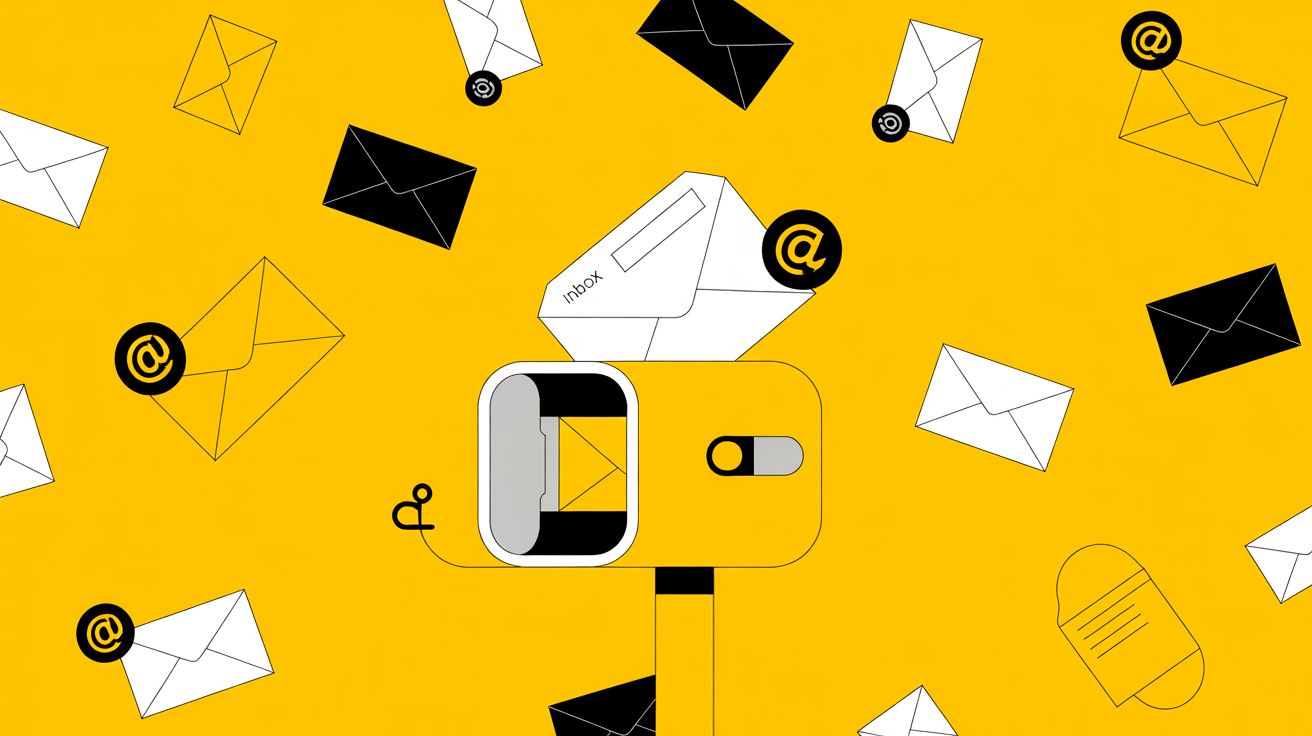Which of the following is a best practice for using government email? It’s a question that sounds like it belongs on a multiple-choice quiz, but in the real world, it’s anything but academic. Every email you send from a government address carries weight, scrutiny, and legal implications. It’s not just a message—it’s a digital footprint tied to trust, accountability, and often, classified information.
Unfortunately, many people treat their government inbox like a glorified notepad or—worse—a group chat. That’s how you end up with FOIA requests pulling up bad jokes, shady deals, or “oops, wrong recipient” disasters. So let’s stop the chaos. In this guide, we’ll unpack the dos and don’ts (mostly the dos, because we’re nice like that) of handling a government email like a pro.
What even qualifies as a government email?
A government email is typically an email address assigned to public sector employees, ending in domains like .gov, .mil, or equivalent for local and international branches. It’s used strictly for conducting official government business. Think public safety alerts, interdepartmental memos, legal notifications—not organizing your cousin’s baby shower.
And since government communication often involves confidential, sensitive, or legally binding information, the rules for use are strict. Like “you could be fired or fined” strict.
Why best practices matter (hint: it’s not just about being polite)
Government email is more than just a utility—it’s a record. Everything sent or received could be subject to audits, lawsuits, cybersecurity breaches, or Freedom of Information Act (FOIA) requests. Best practices aren’t just about avoiding typos; they’re about:
- Avoiding data leaks
- Maintaining public trust
- Ensuring legal compliance
- Preventing cyber attacks
- Keeping your job (yep, that too)
So, which of the following is a best practice for using government email? (Spoiler: all of these)
Let’s walk through the best practices, one by one. No quiz needed—just real-world application.
1. Use government email only for official business
We’re starting with the golden rule. Don’t send memes, dinner invites, or side hustle updates via your .gov address. Every email you send is potentially a public record. Keep it relevant, professional, and policy-aligned.
Example:
✅ “Here’s the updated policy draft.”
❌ “Let’s meet for drinks after work ?”
2. Always check recipients before hitting ‘Send’
Sounds basic, right? But misdirected emails are one of the most common causes of accidental data exposure. Double-check CCs, BCCs, and especially attachments.
Accidentally sending confidential info to the press instead of your peer? That’s not a great look for your department.
3. Encrypt sensitive information
If your message contains PII (personally identifiable information), classified details, or legal documents, don’t just hit “Send” and hope for the best. Use encryption protocols approved by your IT department.
- Many government email systems include built-in encryption tools.
- Never send sensitive data through unsecured or third-party platforms.
4. Follow your agency’s retention and deletion policies
Government email isn’t like Gmail where you can archive and forget. There are strict rules around how long messages must be stored and when they can be deleted.
Tip: Know your department’s archiving tool (Outlook journaling, archiving solutions, or custom CMS tools).
If you delete a sensitive thread before the retention period ends, you could be breaking the law—even if it was accidental.
5. Avoid clicking unknown links or downloading attachments
Government emails are prime targets for phishing and malware. If it looks sketchy, it probably is.
- Always verify the sender before opening attachments.
- Hover over links to check the destination URL.
- Report suspicious messages to your IT/security team.
Remember the infamous phishing attempt that brought down a whole city’s infrastructure? Don’t be that person.
6. Keep personal opinions out of professional email
This one trips people up. Your email might feel private, but in the public sector, it’s not. Anything you write can be requested, reviewed, and disclosed.
Avoid:
- Political opinions
- Offensive humor
- Commentary on policies, leadership, or decisions (unless it’s your job)
Fun fact: Saying “off the record” doesn’t make it so in an email.
7. Use clear, concise, and professional language
Government email isn’t the place for sarcasm, emojis, or ambiguous phrasing. Write like your message will be read by the public—or a lawyer. Because one day, it might.
Best practices:
- Use short paragraphs.
- Avoid jargon unless it’s standard in your agency.
- Proofread. Then proofread again.
Pro tip: If you wouldn’t want your message on the front page of the news, don’t send it.
8. Don’t use personal devices for official communication (unless approved)
If your device isn’t part of the secure, IT-managed system, it’s a liability. Government agencies often prohibit or restrict access from personal smartphones or laptops for good reason:
- They’re harder to monitor.
- They lack required encryption.
- They create messy legal complications during audits or legal proceedings.
If remote access is allowed, it’ll be through secure VPNs or approved apps.
9. Log out and lock your workstation
Simple but critical. Stepping away without locking your screen could expose sensitive data to unauthorized eyes. Whether you’re in a government office or working from home, treat your email like it contains the nuclear codes.
Bonus section: Common myths about government email—busted
Let’s clear the air about a few popular misconceptions:
| Myth | Truth |
|---|---|
| “Emails are private unless I CC the public.” | Nope. FOIA can make any email public. |
| “If I delete it, it’s gone.” | Not really. IT backups, archiving, and forensic tools say otherwise. |
| “Using my personal email is safer.” | It’s also against policy and increases breach risk. |
Summary: So… which of the following is a best practice for using government email?
All of them. That’s the answer. There isn’t a single “best” practice—it’s a combination of behaviors that add up to responsible, secure communication. From encrypting sensitive data to avoiding emojis and unsubtle political takes, every little habit matters.
By following these best practices, you’re not just checking a box—you’re protecting public trust, data security, and sometimes, national interests.
Conclusion: A little effort beats a big scandal
Government email isn’t glamorous, but it is powerful. It’s an official channel for the people who serve the public. So, which of the following is a best practice for using government email? The one that keeps your messages secure, your conscience clear, and your IT team breathing normally.
Treat your inbox like a briefing room, not a breakroom—and you’ll stay on the right side of compliance and common sense.
Internal links
- Cyber hygiene checklist for public sector teams
- Top 10 communication mistakes government employees make
External links
Image suggestion
A simple illustration of a government employee at a secure workstation, with a lock icon on the email interface.
Alt text: best practices for using government email interface security icon
Let me know if you’d like a downloadable checklist version or a fun “What kind of email sender are you?” quiz to add at the bottom.




